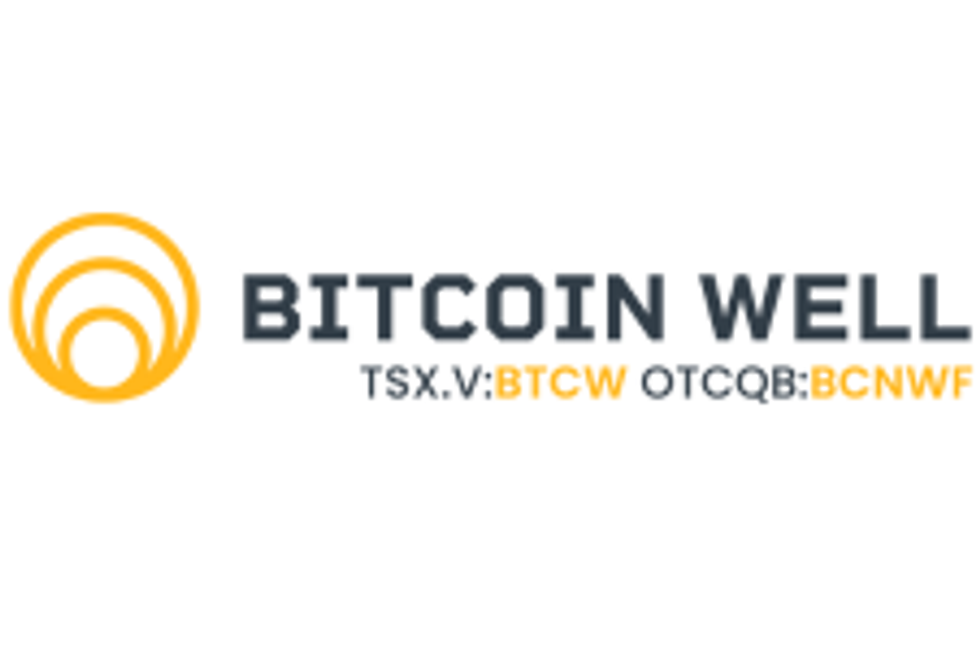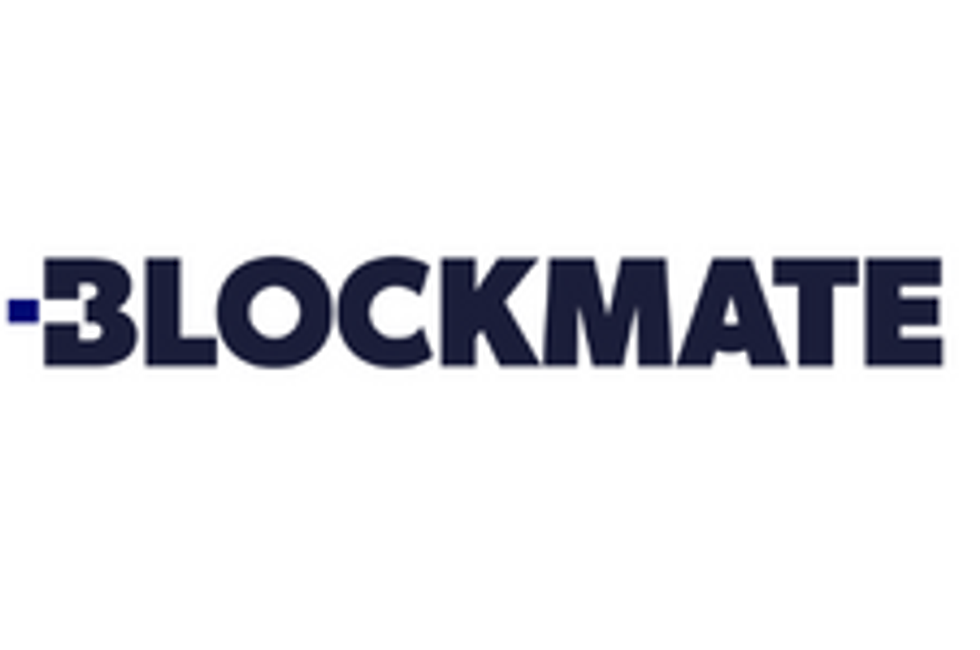
With the global blockchain market expected to exceed $60 billion by 2024, the conversation about how to regulate the blockchain space is also growing.
It’s near impossible to talk about blockchain without mentioning where regulations fit into the conversation thanks to how quickly this transformative technology has grown over the last couple of years.
In terms of its growth, in 2017 the global blockchain market touched $708 million but by 2024 that number is projected to exceed $60 billion, according to a study called “Blockchain: Market Shares, Strategy, and Forecasts, Worldwide, 2018 to 2024.” Part of that growth will come from managing digital transactions in real time, collaborative business partnerships and lowering transaction management costs, the report says.
When it comes to its overarching market cap, all 1,622 existing cryptocurrencies total just over $379 billion thanks in part to an increase in initial coin offerings (ICOs). As of Wednesday (May 16), over US$7.3 billion has been raised in ICOs, according to data from Coinschedule, despite an increase in ICO crackdowns by the US Securities Exchange and Commission so far this year.
As such, regulations have quickly become vital talking points when it comes to the industry. Up in Canada, the country has a ripe opportunity to be at the forefront of this innovative technology in setting the stage on how regulation is done at a global scale.
Mike Stephens, an information technology lawyer and partner at Fasken, assists with merger and acquisitions (M&As) for tech companies and has built up a portfolio in blockchain and cryptocurrency-related issues. Stephens spoke with the Investing News Network (INN) and said that in Canada, regulators enforce similar laws as in the US, but do so in a “more collaborative and consultative way.”
“Any offering of a security, what the law determines to be a security in [that] context is considered a distribution,” Stephens explained. “A distribution of a security in Canada either needs a prospectus to be filed to support that distribution, or it needs to fit within a specific exemption from the requirement to file a prospectus.”
Case in point, last August, the Canadian Securities Administrators (CSA) issued an outline called CSA Staff Notice 46-307 Cryptocurrency Offerings, detailing how securities laws could be applied to ICOs, initial token offerings (ITOs), cryptocurrency investment funds and, lastly, the cryptocurrency exchanges that trade these.
“The technology behind cryptocurrency offerings has the potential to generate new capital raising opportunities for businesses and we welcome this type of innovation,” Louis Morisset, CSA chair, president and CEO of the Autorité des marchés financiers said in the release. “Given the growing activity in this novel area, we are publishing guidance to help fintech businesses understand what obligations may apply under securities laws.”
The release continued, advising that businesses who plan to raise capital through ICOs or ITOs, or those who seek to establish a cryptocurrency investment fund, should consider first whether it involves a security or not.
For Stephens, he–and his team–has provided a number of Canadian companies with advice on ICOs, including CryptoKitties which was the first legal Canadian ICO.
Stephens and his team assisted the company in receiving a formal determination from Canadian securities regulators that CryptoKitties is not a security.
According to an email to the Globe and Mail in February, the BC Securities Commission (BCSC) stated that the CryptoKitties’ tokens “do not have the characteristics of securities.”
The BCSC issued a statement in February called “BC Notice 2018/01 Consulting on the Securities Law Framework for Fintech Regulation,” advising of the risks tied to ICOs and cryptocurrencies, which includes cybersecurity threats, volatility in prices, liquidity, and potentially money laundering.
“We aim to have a competitive regulatory environment that fosters innovation and gives investors confidence to invest in our capital markets,” the notice read.
Stephens told INN that when companies he’s dealt with are looking to launch an ICO or a crypto exchange, regulators like the BCSC weigh in on what companies are proposing to do, figuring out what is legal and what isn’t, and that companies have the opportunity to change their business models if what they are proposing to doesn’t fall in line with the BCSC guidelines.
“[The sandbox approach in Canada] fosters a communication with the regulators that other jurisdictions don’t have,” Stephens explained. “It fosters the innovation and technology and bolsters the entrepreneurial spirit in a way that I think would benefit investors while promoting the dialogue with regulators so that everything is done the right way.”
The CSA launched the Regulatory Sandbox Initiative in February 2017, where it states examples of potential business models eligible to the CSA regulatory sandbox include: cryptocurrency or distributed ledger technology based ventures can apply to have their products tested in the Canadian market while “ensuring appropriate investor protection.”
“The sandbox approach allows people to play ideally safely in the sandbox and fosters the innovation and the technology and bolsters the entrepreneurial spirit in a way that I think would benefit shareholders, investors, more while promoting the dialogue with regulators so that everything is done the right way,” Stephens explained.
All that being said, however, there is still a long road ahead in terms of the regulation process–in Canada and at a global scale–and also so the industry doesn’t become over-regulated.
Stephens said that with the way things currently are, Canadian regulators will either take the definitive steps to craft regulation that will apply to a number of things, such as: issuances of cryptographic tokens to the public; the trading of cryptocurrencies on exchanges that aren’t stock exchanges; and the secondary market buying and selling cryptographic tokens by members of the public.
“We are going to either see those things become regulated formally in the coming months and years, and/or what we’re going to see is the market react to the current regulatory regime and figure out an effective way to issue cryptographic tokens to the public,” Stephens said.
According to the Chartered Professional Accountants of British Columbia, a more regulated government could be an “impediment” to innovative business models.
“With a $500-$700 billion industry at stake, the government who produces the best sandbox wins,” the firm states. “If we end up at a point where it becomes more of a burden than a benefit to do business here, Canadian innovators will end up leaving to places that provide a better regulatory framework.”
In sum, Canada can certainly put its place on the map as a hotspot in the way blockchain-related regulations are done–it’s just a matter of fine tuning the process’ existing foundation–whatever way that may be.
Don’t forget to follow us @INN_Technology for real-time news updates!
Securities Disclosure: I, Jocelyn Aspa, hold no direct investment interest in any company mentioned in this article.
Editorial Disclosure: The Investing News Network does not guarantee the accuracy or thoroughness of the information reported in the interviews it conducts. The opinions expressed in these interviews do not reflect the opinions of the Investing News Network and do not constitute investment advice. All readers are encouraged to perform their own due diligence.




